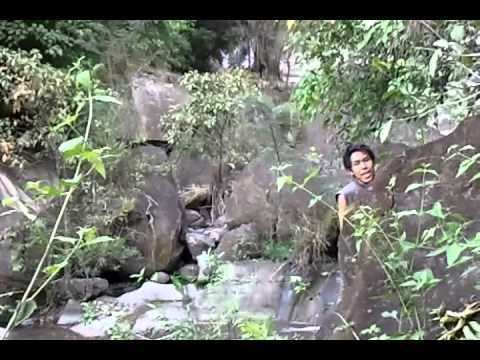Country Philippines District 2nd District Barangays Area 107.3 km² Population 12,590 (2010) Province La Union | Region Ilocos (Region I) Established 1963 Time zone PST (UTC+8) Local time Tuesday 7:12 PM Area code 72 Dialling code 72 | |
 | ||
Weather 28°C, Wind N at 3 km/h, 73% Humidity | ||
Bagulin is a fifth class municipality in the province of La Union, Philippines. According to the 2010 census, it had a population of 12,590 people.
Contents
Map of Bagulin, La Union, Philippines
Etymology
Tradition reveals that Bagulin derived its name from a Kankanaey tribal leader. Sometime in the middle of the 18th century, the municipality is part of the township of Allabok which covers the moderate slopes of the mountain ranges overlooking the China Sea. During those times, war tribes was prevalent. Allabok involved itself in a tribal war headed by Bagulin who led the community to victory. From then on until his death, the people highly regarded him as their noble leader. After his death, consensus with the residents together with the concurrence of Spanish authorities resulted in naming the community after Bagulin. At present, Kankanaey still dominate the town’s population.
Another etymological version states that "Bagulin" was derived from the term bago which means "lowland natives". This version is further supported by the fact that Kankanaeys comprise some 85% of the municipal population.
Geography
Bagulin is situated at the interior eastern portion of La Union. It is generally mountainous and forested. It is bounded by the following municipalities:
Bagulin is 31 kilometres (19 mi) away from San Fernando, the regional center, 14 kilometres (8.7 mi) away from Naguilian, its nearby town and 62 kilometres (39 mi) away from Baguio City. Its main entrance to lowland municipalities is through the Naguilian-Bagulin Road. It can be reached by vehicles and any regular means of transportation via the town of Naguilian.
Barangays
Bagulin is politically subdivided into 10 barangays.
History
The community was moved to Picdel, a narrow valley strip along Naguilian-Bagulin river. By 1903, the American regime established a paramilitary government and institutional facilities. Education was introduced and a bamboo community hall roofed with cogon was erected. As of 1903, the community was under the jurisdiction of the Mountain Province, sub-province of Benguet with capital at La Trinidad. By 1918, under the agreement of Governor Guzman of Mt. Province and Governor Pio Ancheta of La Union, Bagulin became a municipal district of Burgos under the province of La Union.
By 1928, the community centers was moved to a nearby settlement called Suyo where the present town center is situated. The former community center was named “Nangalisan” which means an abandoned place in the Ilocano dialect. Settlers who improved Suyo were Ilocanos who came from Naguilian. At that time, a bamboo chalet was constructed to serve as an administrative hall. The administration then was composed of the Mayor, a Secretary-Treasurer and one policeman. Municipal income is very small that the administration had to prod reluctant taxpayers to pay their dues.
On June 25, 1963, Bagulin was transformed into a regular, full-pledged municipality by virtue of Executive Order No. 42.
